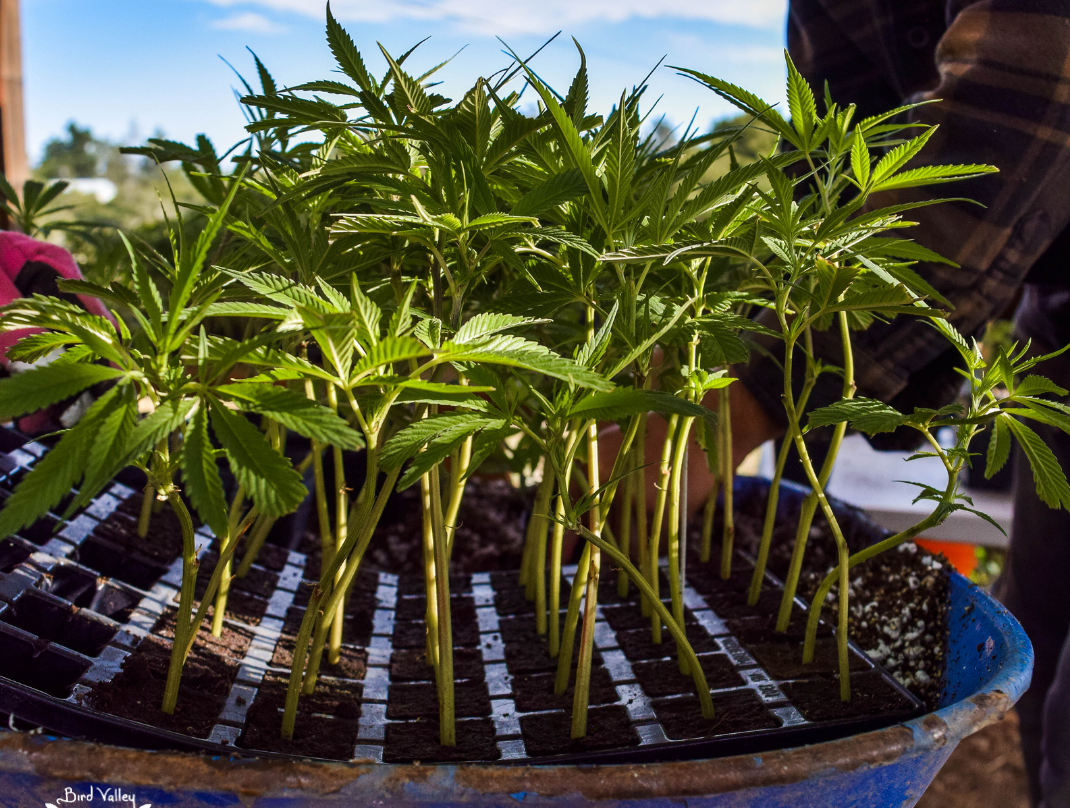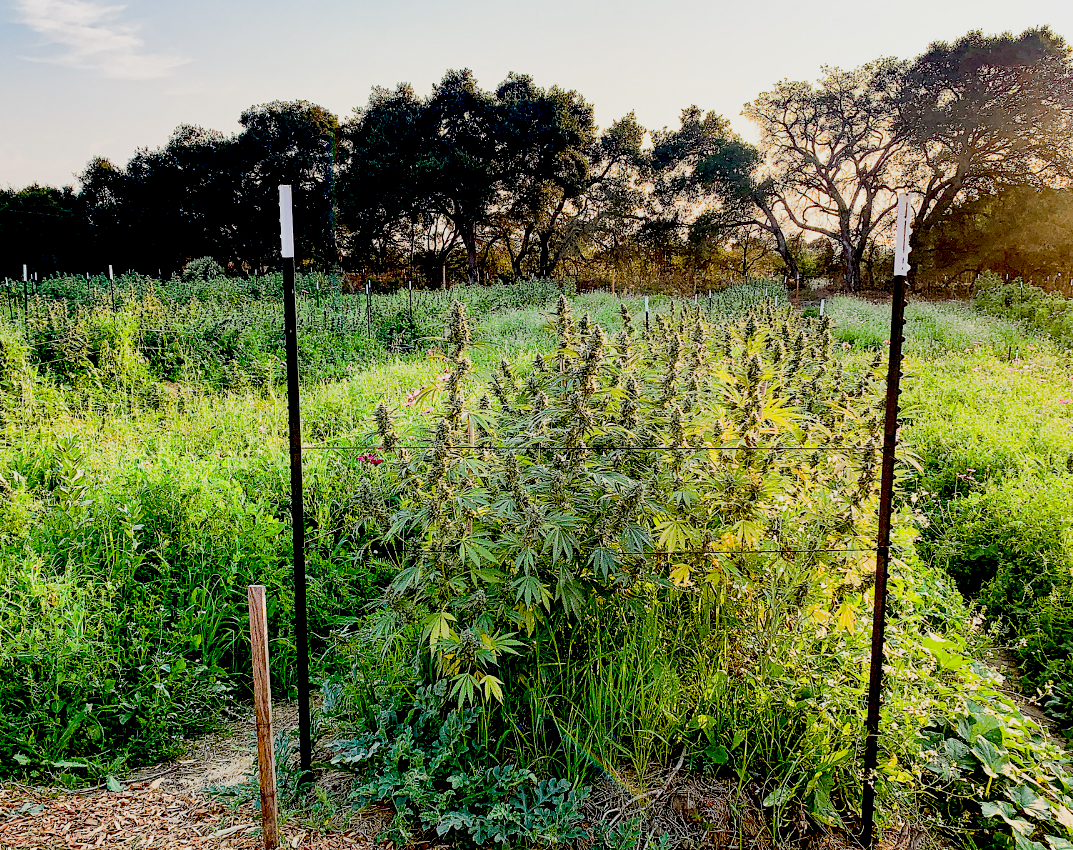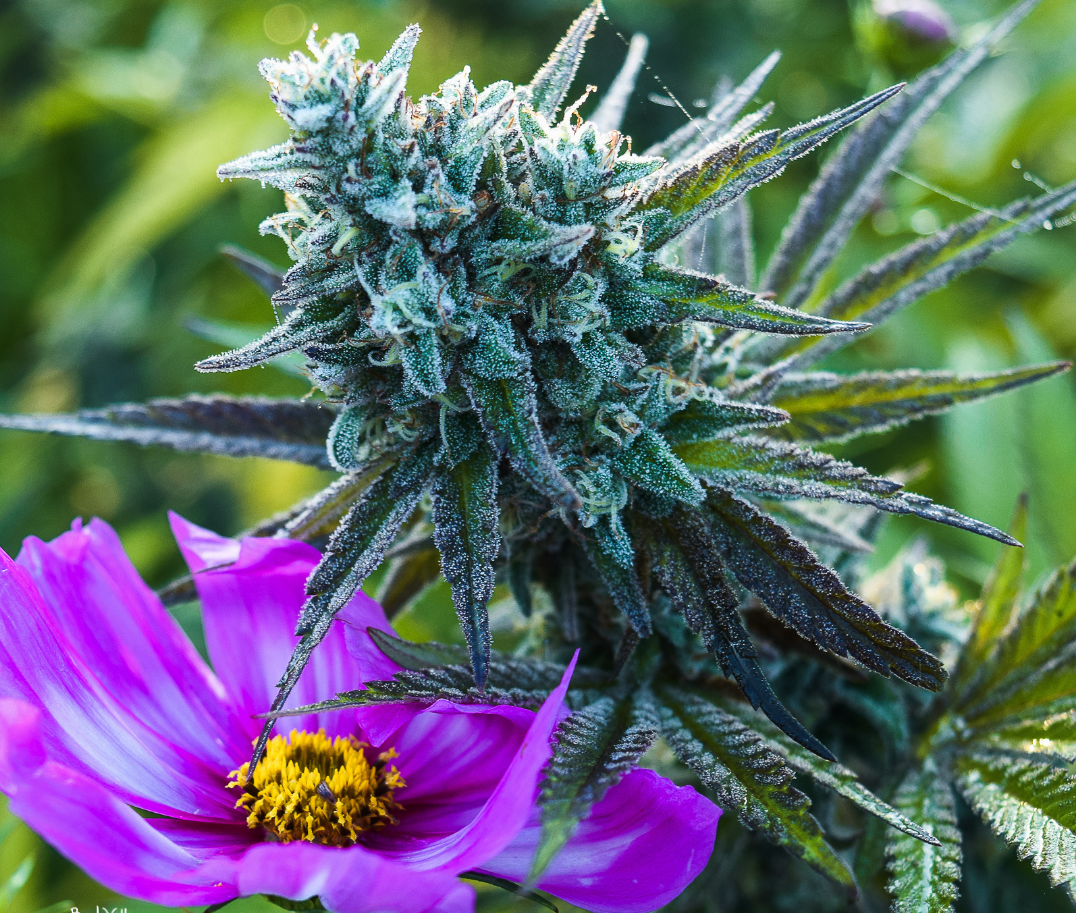Although cannabis has a reputation as an environmentally-friendly plant, indoor cannabis cultivation demands significant energy to maintain precise light and temperature requirements. Last year, Colorado State University researchers led by Hailey Summers published the first study offering insight into greenhouse gas emissions of growing cannabis indoors.
The researchers analyzed the energy requirements of indoor cannabis production across 1,000 hypothetical U.S. growing locations, using a life-cycle assessment (accounting for the emissions of all material inputs like fertilizer). They found that greenhouse gas emissions range from 2,283 to 5,184 kilograms of CO2-equivalent per kilogram of dried flower, and are not uniform across the United States.
In Summers’ model, the Mountain West, Midwest, and South stood out as high emissions areas while California had some of the lowest emissions. This variation can be attributed to two main factors: weather and the electric grid mix — the amount of coal versus renewables powering the grid.

Nursery plants. Photo: Bird Valley Organics.
Cannabis plants are sensitive and require ventilation to photosynthesize. Growers have to bring air in from outside, but if the climate is too cold or too humid, the air has to be modified, an energy-intensive process.
California looks like a great place to grow cannabis indoors because the grid mix is relatively clean and the weather requires little modification. But Evan Mills, a longtime energy and climate analyst who works extensively in the cannabis space, says he “see[s] no pathway to sustainable indoor cultivation. Full stop.” Mills says that in order to be sustainable, cannabis must be grown outside.
“The primary benefit [of moving to outdoor cultivation] is a ~99% reduction in energy-related greenhouse gasses for cultivation,” says Mills.
That’s exactly what Manny Alvarez, co-founder of Bird Valley Organics, did. When Alvarez moved from Miami to the Pajaro Valley of California over a decade ago to grow cannabis, he began with indoor cultivation, as he’d been taught. But after a bad harvest, Alvarez visited Humboldt and got his first exposure to regenerative farming, realizing that the soil was alive and all the nutrients his cannabis plants needed were right around him. He explained his thought process in transitioning to regenerative farming: “I think it’s going to be cheaper, better for the environment, and better for the people growing the plants.”

Field planting of cannabis using the principles of regenerative farming. Photo: Bird Valley Organics.
Alvarez returned to his farm and moved all his cannabis plants outdoors. He introduced principles of Hügelkultur (regenerating nutrients in the soil by planting compatible crops) and completely eliminated external inputs like fertilizer—his farm uses no pesticides. Instead, “companion plants” tackle pest problems and restore nutrients in the ground. Whenever a plant gets chopped down, it goes straight into the compost pile, which is then recycled back into the soil.
Unfortunately, this method of sustainable farming is not yet common practice. Alvarez operates the only regenerative cannabis farm in the Pajaro Valley, but he’s hopeful that by sharing his story and teaching the practices of Hügelkultur, others will be inspired to farm sustainably. Indeed, Mills says that sustainable outdoor cultivation, “meaning far lower water and land use than is typical, and without artificial inputs,” is our only path forward to a cannabis industry that’s truly green.










